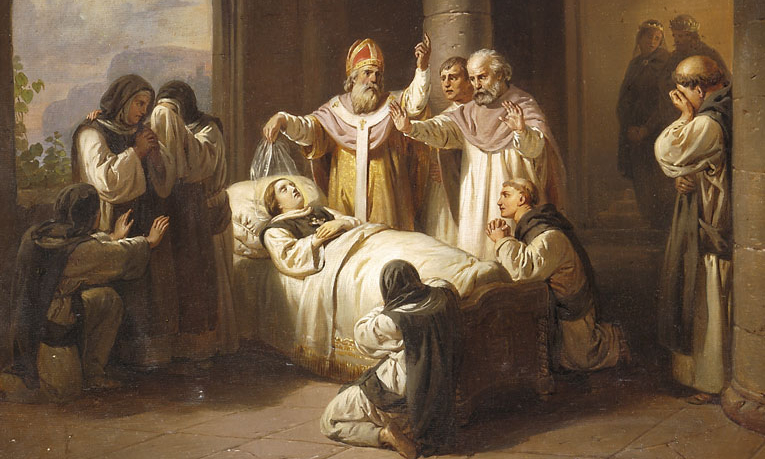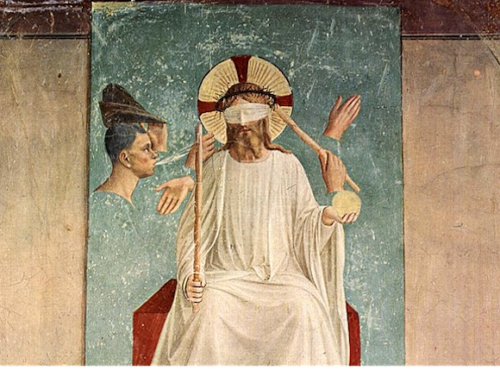Throughout our lives, we encounter situations that require sacrifice. They demand that we make a difficult decision or strive through difficulties for a higher good. For many people, that might look like a decision between two jobs or a choice to move away from family to pursue a career opportunity. For the athlete, it is the choice to push himself to the limit of what his body can endure for the chance at athletic victory, and for the musician it means hours of fatiguing practice with the hope of winning an audition.
What applies to pursuing a prestigious orchestra job, career opportunity, or athletic victory also applies to the life of the religious. For instance, when someone enters the Order of Preachers, he sacrifices his life in the world for one purpose: to “behave as gospel men, following in the footsteps of the Savior, speaking to God or of God, among [ourselves] or with [our] neighbors” (Fundamental Constitution, II). Just as Saints Peter and Andrew gave up their lives as fishermen and Matthew gave up his as a tax collector, so the novice gives up his life for the sake of following Christ’s calling. This self-sacrifice intensifies when the Dominican makes his solemn profession: giving his very will, his financial independence, and his purity to God until death.
Considering the intensity of the corporal and spiritual sacrifices required to enter the religious life, it is notable when a person of great power and wealth gives up his or her life in service to Christ. Several saints in the early church gave up their royal lives for a more austere life of prayer and sacrifice such as St. Gertrude of Nivelles (626-659), daughter of Pepin I of Landen, and St. Theresa of Portugal (1178-1250) together with her two sisters. The saint we celebrate today, Saint Margaret of Hungary, fits this bill as well.
St. Margaret was the daughter of King Béla IV of Hungary. After Hungary was liberated from the Mongols in 1242, King Béla promised to give his daughter to the religious life. Margaret was formed by and lived the majority of her life in the Dominican Monastery of the Blessed Virgin in Buda. Although King Béla later tried to renege on his earlier promise in favor of a political marriage for his daughter, Margaret adamantly opposed him and faithfully lived her perpetual vows as a Dominican nun.
Consider how easy and more convenient it would have been for Margaret to leave the monastery, be wedded to a prince, and live happily ever after. Instead of the expedient path, she chose the Cross of Christ. Not only did she choose the inconvenient path, giving up her royal heritage in order to praise God in silent worship behind the cloistered walls of a Dominican monastery, but she also lived a most austere life akin to the Nine Ways of St. Dominic. This included frequent all-night vigils, using the discipline, and wearing a hairshirt.
St. Margaret died at the tender age of 27, having developed, by the grace of God, an extremely mature spirituality rooted in the Dominican way of life and uniting it to Christ. Let us look to St. Margaret for the inspiration to entrench our lives in the will of God so that we might gain the grace to persevere in the paths that God has ordained for each of us (ST I q. 82, a. 3). May these paths, with all their inconveniences, take us directly to the way of the Cross and allow us to grow closer to him on our journey toward eternal beatitude.
✠
Image: Molnár József, Death of Saint Margaret of Hungary







